Home>Technology>Home Entertainment Systems>What Is A Projector
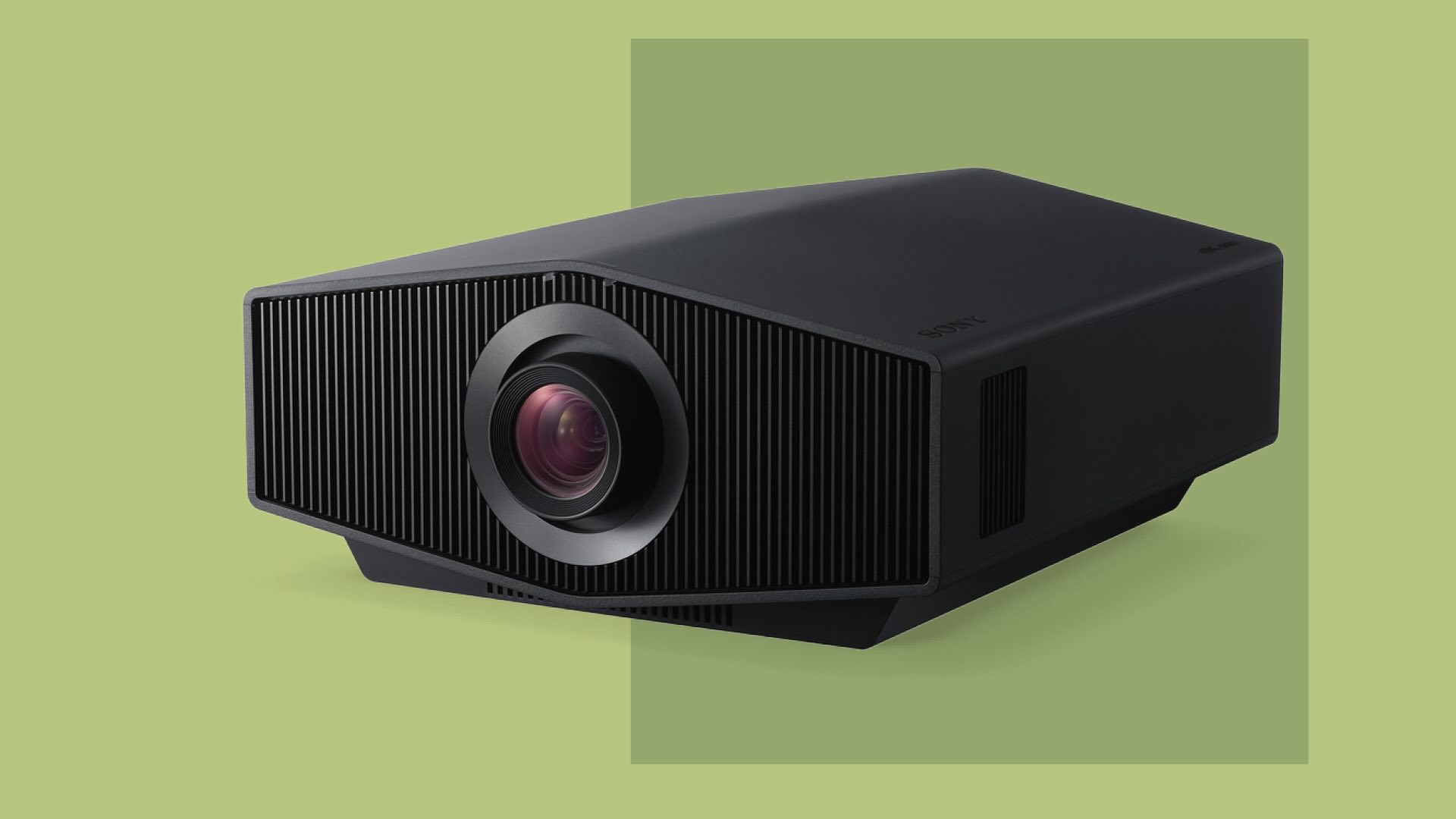

Home Entertainment Systems
What Is A Projector
Modified: October 21, 2024
Looking for the perfect addition to your home entertainment system? Learn what a projector is and how it can enhance your viewing experience. Discover the benefits of using a projector for immersive entertainment at home.
(Many of the links in this article redirect to a specific reviewed product. Your purchase of these products through affiliate links helps to generate commission for Storables.com, at no extra cost. Learn more)
Introduction
Welcome to the immersive world of home entertainment systems, where the humble projector takes center stage. Imagine transforming your living room into a private cinema, complete with larger-than-life visuals and captivating audio. This is the magic that projectors bring into our homes, elevating the way we experience movies, sports, video games, and presentations.
In this comprehensive guide, we will delve into the fascinating realm of projectors, exploring their definition, functionality, types, applications, and the pros and cons of incorporating them into your home entertainment setup. Whether you are a cinephile seeking the ultimate viewing experience or a professional aiming to deliver compelling presentations, understanding the intricacies of projectors is the first step towards harnessing their full potential.
Join us as we unravel the mysteries behind these powerful devices and uncover the myriad ways in which they can enrich our lives. From the mesmerizing visuals they produce to the versatility they offer, projectors are much more than just machines – they are gateways to a world of boundless entertainment and creativity.
Key Takeaways:
- Projectors create immersive, larger-than-life visuals for movies, gaming, and presentations, transforming spaces into captivating entertainment hubs. They offer versatility and scalability, but require careful setup and maintenance.
- Understanding the advantages and limitations of projectors empowers users to harness their full potential, enhancing visual experiences while addressing potential challenges. Projectors continue to redefine visual communication and entertainment, offering boundless creativity and engagement.
Read more: What Is A Pico Projector
Definition of a Projector
At its core, a projector is a device designed to take an image or video signal and magnify it onto a larger screen or surface. This process allows for the creation of a much larger visual display than what is possible with a standard television or monitor. Projectors are commonly used in home theaters, classrooms, boardrooms, and auditoriums to deliver high-quality visuals for various purposes.
Technically speaking, a projector works by using a light source to shine through a small transparent lens, which then focuses the light onto a surface. The image or video signal is fed into the projector, and it is then translated into light and color, ultimately resulting in a large-scale projection of the content. This projection can be displayed on screens, walls, or specialized projector surfaces, depending on the specific setup and requirements.
Projectors come in various shapes and sizes, ranging from compact portable models to larger, more powerful installations. They are equipped with different technologies, such as Digital Light Processing (DLP), Liquid Crystal Display (LCD), or Laser, each offering unique advantages and performance characteristics. The versatility of projectors allows them to accommodate different input sources, including computers, Blu-ray players, gaming consoles, and streaming devices, making them adaptable to a wide range of media and content formats.
One of the defining features of projectors is their ability to create an immersive viewing experience, particularly when paired with a high-quality sound system. By filling a larger area with vibrant visuals, projectors have the capacity to transport audiences into the heart of the action, whether it’s a thrilling blockbuster, an educational presentation, or a live sports event.
Projectors have evolved significantly over the years, with advancements in technology leading to improvements in image quality, brightness, and connectivity options. As a result, they have become indispensable tools for home entertainment enthusiasts, educators, business professionals, and anyone seeking to make a lasting impression through impactful visual displays.
How Projectors Work
Understanding the inner workings of a projector unveils the intricate process through which it brings images and videos to life on a grand scale. At the heart of every projector lies a light source, which could be a traditional lamp, LED (Light Emitting Diode), or laser. This light source serves as the foundation for creating the luminous output that forms the projected image.
Once activated, the light source emits a powerful beam of light that passes through a series of optical components within the projector. These components typically include a series of lenses, mirrors, and sometimes color filters, all of which work in harmony to manipulate and direct the light in precise ways. The light then encounters an imaging panel, which may be based on DLP, LCD, or other technologies, where the incoming light is modulated to produce the desired image or video content.
After the image is formed, the projector’s lens takes over, focusing the modulated light onto the projection surface. The size and clarity of the projected image are determined by the distance between the projector and the surface, as well as the lens’s focal length and zoom capabilities. By adjusting these parameters, users can achieve the desired image size and sharpness, allowing for flexibility in different viewing environments.
For color reproduction, some projectors utilize a color wheel or separate imaging panels to create a full spectrum of colors, while others employ advanced laser or LED light sources that can produce a wide gamut of colors without the need for mechanical color filters. This results in vibrant and accurate color representation, enhancing the overall visual experience.
Additionally, modern projectors often feature advanced image processing technologies to optimize picture quality, reduce motion blur, and enhance contrast levels. These technologies, such as pixel shifting, frame interpolation, and dynamic contrast, contribute to delivering stunning visuals with exceptional detail and realism.
When it comes to connecting external devices, projectors offer a range of input options, including HDMI, VGA, USB, and wireless connectivity, enabling seamless integration with various media sources. This versatility allows users to project content from laptops, Blu-ray players, gaming consoles, and streaming devices, ensuring that a diverse array of media can be displayed with ease.
By mastering the interplay of light, optics, and advanced imaging technologies, projectors have become powerful tools for creating captivating visual experiences, whether for entertainment, education, or professional presentations.
Types of Projectors
Projectors come in a variety of types, each tailored to specific applications and user preferences. Understanding the distinctions between these types can help individuals make informed decisions when selecting a projector that best suits their needs. Here are some of the most common types of projectors:
- Home Theater Projectors: Designed to deliver an immersive cinematic experience within the comfort of one’s home, home theater projectors prioritize high-resolution visuals, accurate color reproduction, and enhanced contrast ratios. They are optimized for dark room environments and often support high-definition and 4K content, making them ideal for movie nights, gaming, and sports viewing.
- Portable Projectors: Compact and lightweight, portable projectors are designed for on-the-go use, whether for business presentations, outdoor movie nights, or educational purposes. They offer convenience and flexibility, often featuring built-in batteries, wireless connectivity, and easy setup options. Despite their small size, modern portable projectors can deliver impressive image quality and brightness.
- Business and Education Projectors: These projectors are tailored for use in classrooms, boardrooms, and conference settings. They prioritize brightness, connectivity options, and durability to accommodate various lighting conditions and presentation requirements. Some models may offer interactive features, such as touchscreen capabilities and wireless collaboration tools, enhancing engagement and interactivity.
- Short-Throw and Ultra-Short-Throw Projectors: Ideal for smaller spaces, short-throw and ultra-short-throw projectors can produce large images from a close distance to the projection surface. This makes them suitable for environments where space is limited, such as classrooms, meeting rooms, and home offices. They minimize the risk of shadows and glare, offering a more comfortable viewing experience in confined areas.
- Gaming Projectors: Specifically designed to meet the demands of gaming enthusiasts, gaming projectors prioritize fast response times, high refresh rates, and low input lag to ensure smooth and immersive gameplay. They often support high resolutions, HDR (High Dynamic Range), and advanced image processing technologies to enhance the gaming experience.
- Laser and LED Projectors: These projectors utilize laser or LED light sources instead of traditional lamps, offering longer lifespans, reduced maintenance, and consistent brightness over time. They are suitable for both home and professional use, providing energy efficiency and superior color performance.
Each type of projector offers unique features and benefits, catering to specific usage scenarios and user preferences. By understanding the characteristics of each type, individuals can make informed choices when selecting a projector that aligns with their entertainment, educational, or professional needs.
Applications of Projectors
Projectors are versatile devices with a wide range of applications across various domains, enriching experiences and enabling impactful visual presentations. Let’s explore the diverse applications of projectors in different settings:
- Home Entertainment: In home theaters and living rooms, projectors create a captivating cinematic experience, allowing individuals to enjoy movies, TV shows, and gaming on a large screen. They transform ordinary spaces into immersive entertainment hubs, fostering memorable moments with family and friends.
- Education and Training: Projectors are indispensable tools in classrooms and training facilities, facilitating interactive learning experiences through visual aids, presentations, and multimedia content. They enhance engagement and knowledge retention, making complex concepts more accessible and engaging for students and trainees.
- Business Presentations: In corporate environments, projectors serve as essential assets for delivering professional presentations, pitches, and reports. They enable dynamic visual storytelling, data visualization, and collaborative discussions, empowering presenters to convey their messages with impact and clarity.
- Digital Signage and Advertising: Large-scale projections are used for digital signage and advertising purposes, captivating audiences in public spaces, retail environments, and events. Projectors enable brands to showcase dynamic content, promotions, and immersive brand experiences, leaving a lasting impression on viewers.
- Art and Entertainment Events: Projectors play a key role in art installations, live performances, and entertainment events, creating mesmerizing visual displays, mapping projections onto architectural structures, and enhancing the overall ambiance with stunning visuals and effects.
- Simulation and Visualization: In simulation environments, such as flight simulators and virtual reality setups, projectors contribute to creating realistic and immersive visual simulations, replicating scenarios and environments with high fidelity for training and research purposes.
- Medical and Scientific Imaging: Projectors are utilized in medical and scientific settings for visualizing diagnostic images, educational demonstrations, and research presentations. They aid in conveying complex medical concepts, anatomical structures, and research findings with precision and clarity.
These diverse applications underscore the versatility and impact of projectors across entertainment, education, business, art, and technology domains. By harnessing the power of projection technology, individuals and organizations can elevate their visual experiences, communication strategies, and creative endeavors, opening new frontiers of expression and engagement.
When choosing a projector, consider the brightness, resolution, and connectivity options to ensure it meets your needs for clear and versatile display.
Read more: What Projector Is The Best
Advantages and Disadvantages of Projectors
Projectors offer a myriad of benefits, but they also come with certain limitations. Understanding the advantages and disadvantages of projectors can help individuals make informed decisions when considering their integration into home entertainment systems, educational environments, or professional setups.
Advantages:
- Immersive Viewing Experience: Projectors create large-scale visuals, providing an immersive and cinematic viewing experience that surpasses the screen size limitations of traditional televisions and monitors.
- Versatility: Projectors can accommodate various media sources, including computers, gaming consoles, Blu-ray players, and streaming devices, offering flexibility in content consumption.
- Scalability: With adjustable image sizes and aspect ratios, projectors can adapt to different viewing environments and screen dimensions, making them suitable for diverse spaces and applications.
- Portability: Portable projectors enable on-the-go usage, allowing for outdoor movie nights, business presentations, and educational activities in different locations.
- Collaborative and Interactive Capabilities: Some projectors support interactive features, touchscreen functionality, and wireless connectivity, fostering collaborative learning and dynamic presentations in educational and business settings.
- Cost-Effective Large Screen Solutions: Projectors provide a cost-effective means of achieving large screen displays, making them an attractive option for home theaters, classrooms, and boardrooms.
Disadvantages:
- Dependence on Ambient Light: Projectors are susceptible to ambient light conditions, and excessive light can diminish image quality, requiring controlled lighting environments for optimal performance.
- Image Quality in Well-Lit Environments: In brightly lit spaces, projectors may struggle to deliver vibrant and high-contrast visuals, impacting their effectiveness in certain settings.
- Setup and Calibration: Proper installation, alignment, and calibration of projectors are essential for achieving optimal image quality, requiring careful consideration of placement and adjustment factors.
- Maintenance and Replacement Costs: Traditional lamp-based projectors require periodic lamp replacements, incurring maintenance costs over time, while laser and LED projectors may have higher initial purchase prices.
- Sound System Integration: While projectors excel in visuals, they often require separate audio systems for immersive sound, necessitating additional equipment and setup considerations.
- Physical Space Requirements: Projectors, especially those with long-throw distances, may demand specific spatial arrangements and mounting considerations, which could pose challenges in certain environments.
By weighing these advantages and disadvantages, individuals can make informed decisions regarding the integration of projectors into their entertainment, educational, or professional setups, maximizing the benefits while addressing potential limitations.
Conclusion
As we conclude our exploration of projectors, it becomes evident that these devices hold the power to transform ordinary spaces into captivating visual realms, enriching our entertainment, education, and professional experiences. From the immersive viewing experiences they offer to their diverse applications across various domains, projectors have become indispensable tools for creating impactful visual presentations and elevating the way we engage with media and information.
While projectors present advantages such as scalability, versatility, and immersive viewing, they also come with considerations regarding ambient light, maintenance, and setup requirements. Understanding these nuances empowers individuals to harness the full potential of projectors while mitigating potential challenges, ensuring that they seamlessly integrate into their desired environments.
Whether it’s the cozy ambiance of a home theater, the dynamic interactivity of a classroom, or the professional impact of a business presentation, projectors continue to redefine the possibilities of visual communication and entertainment. As technology advances and innovations continue to shape the projector landscape, we can anticipate even more compelling features, enhanced performance, and seamless integration with evolving media sources and content formats.
Ultimately, projectors stand as gateways to boundless creativity, engagement, and expression, offering a canvas for larger-than-life storytelling and visual immersion. By embracing the capabilities of projectors and understanding their nuances, individuals and organizations can unlock new dimensions of visual communication, learning, and entertainment, enriching lives and experiences in captivating ways.
Whether it’s the allure of a cinematic escape, the enlightening power of educational visuals, or the persuasive impact of professional presentations, projectors continue to illuminate our world with their transformative capabilities, leaving a lasting impression on those who behold their mesmerizing projections.
Frequently Asked Questions about What Is A Projector
Was this page helpful?
At Storables.com, we guarantee accurate and reliable information. Our content, validated by Expert Board Contributors, is crafted following stringent Editorial Policies. We're committed to providing you with well-researched, expert-backed insights for all your informational needs.

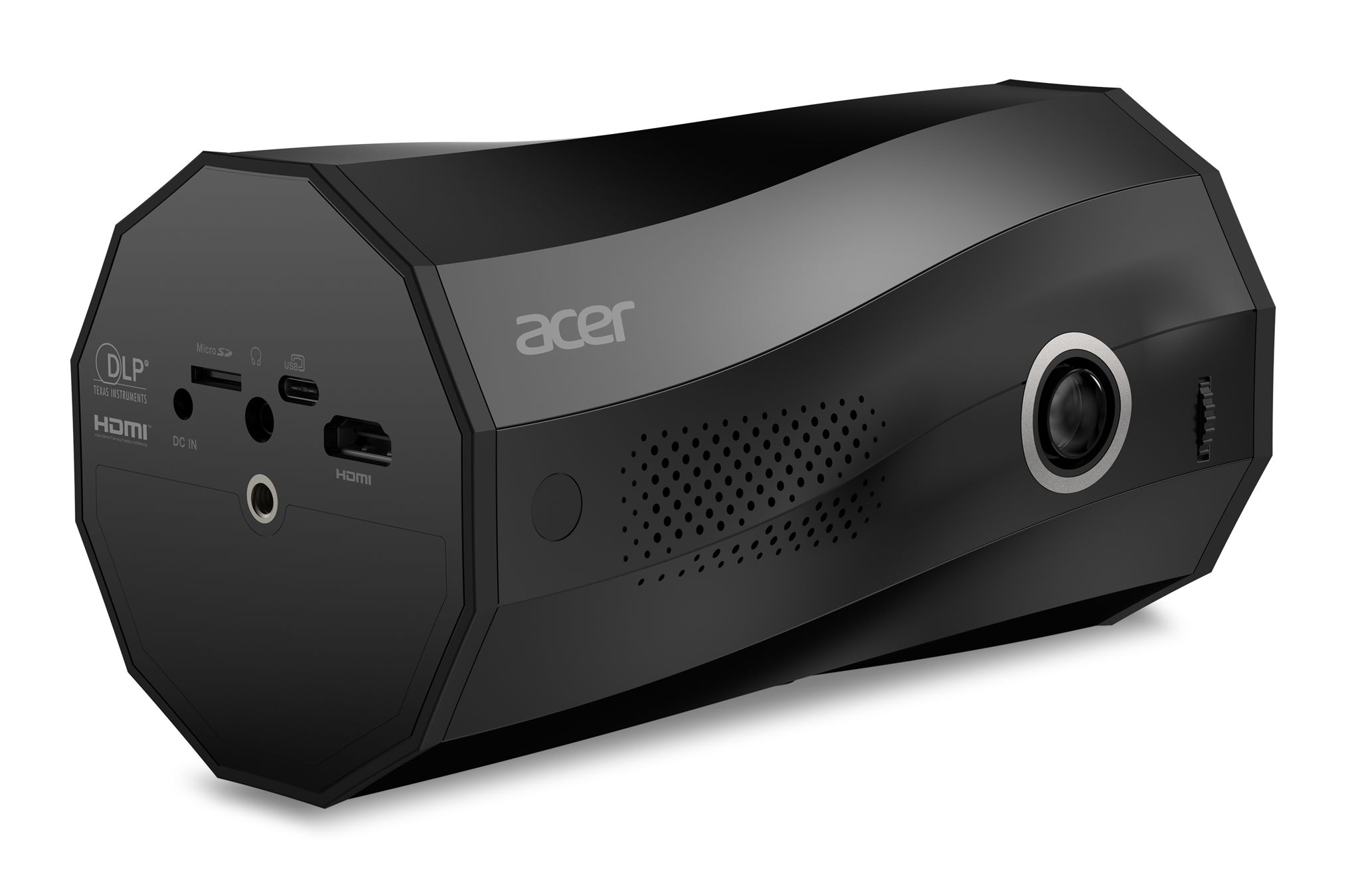
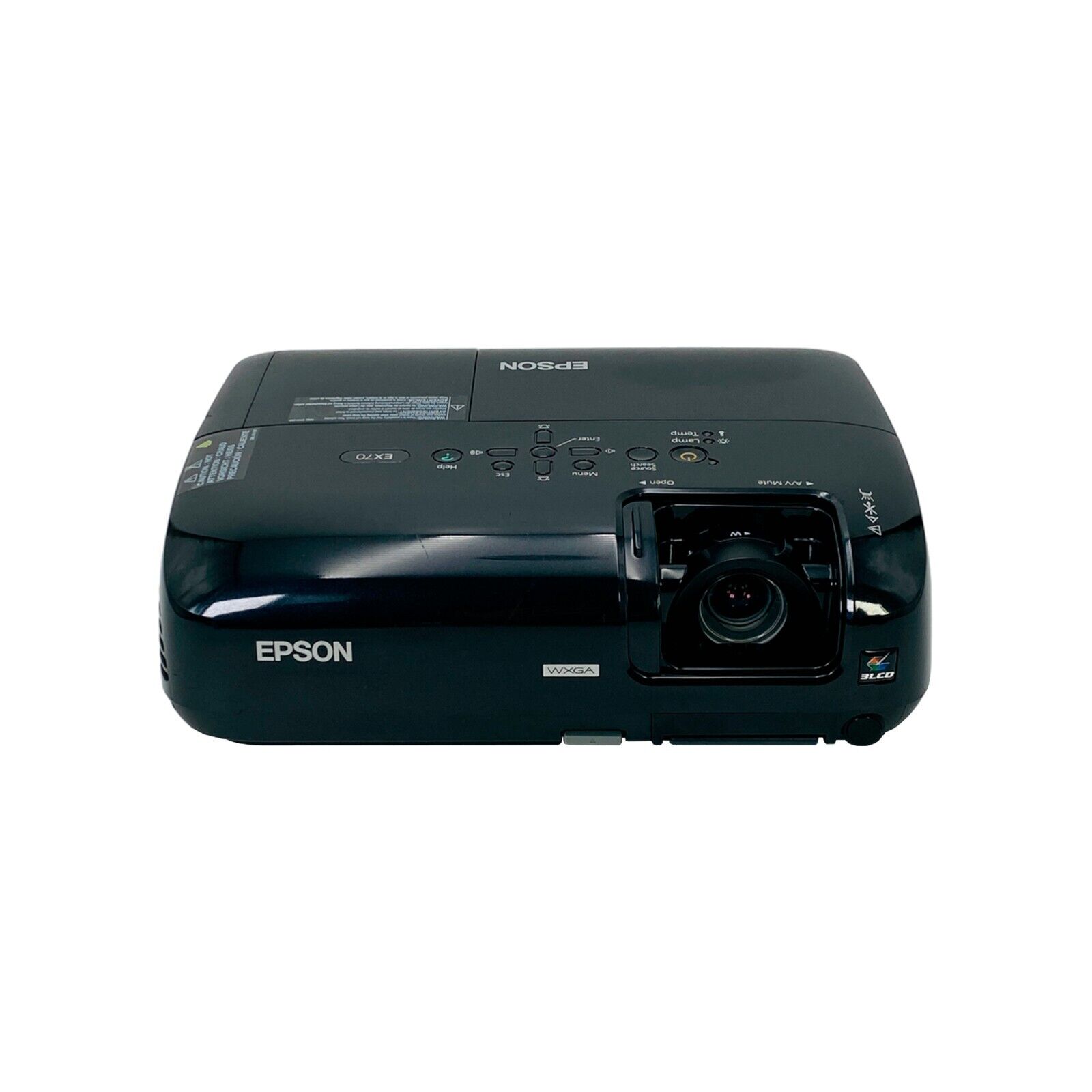
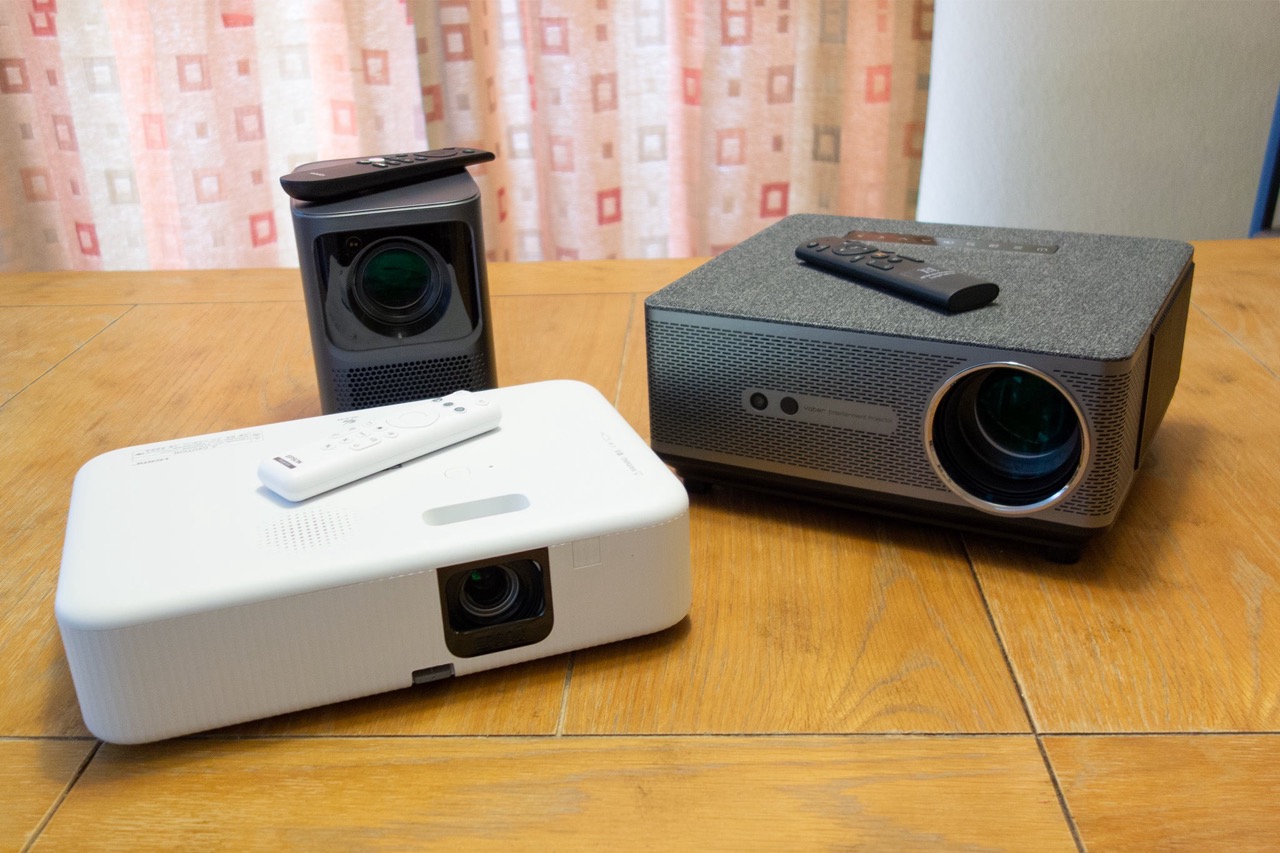
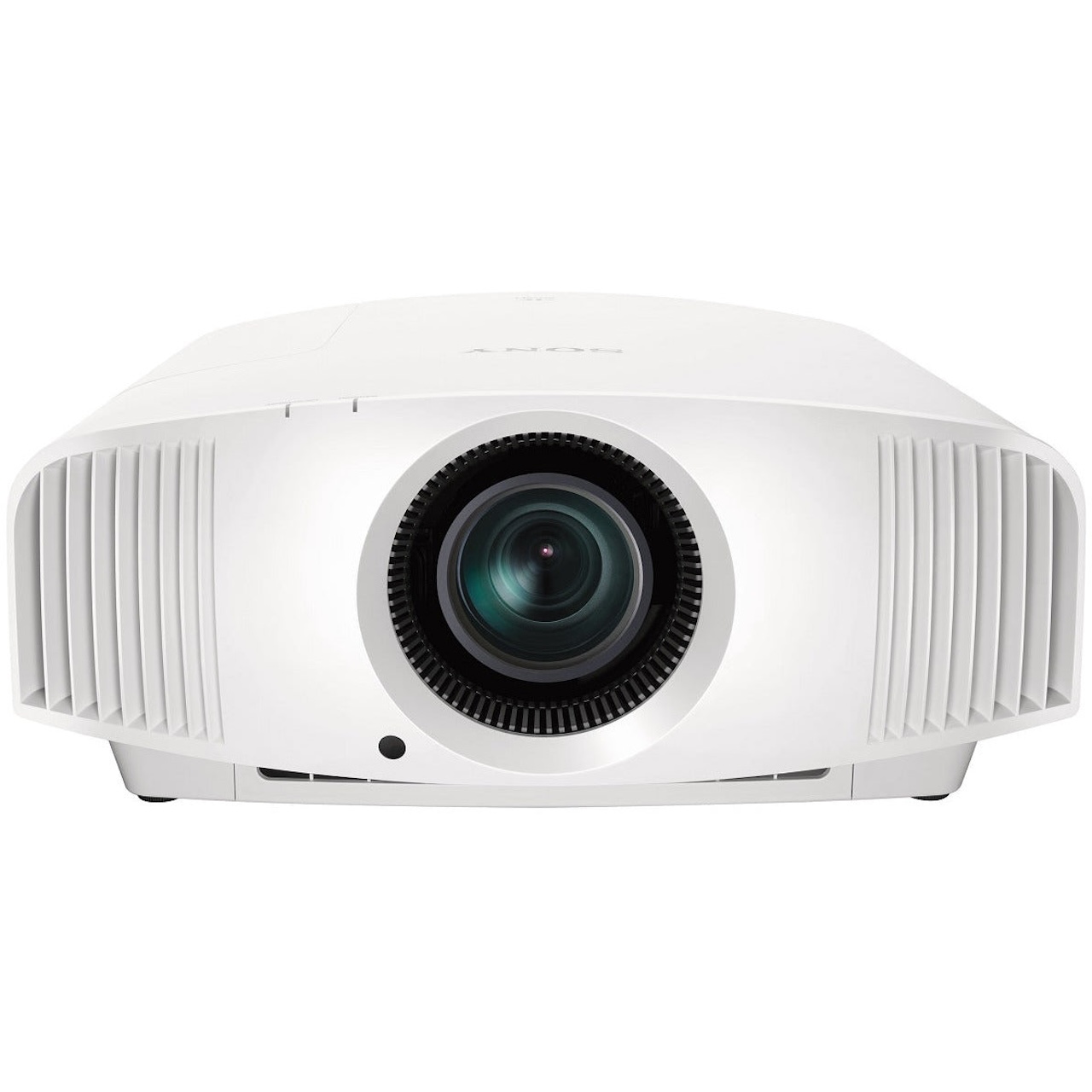
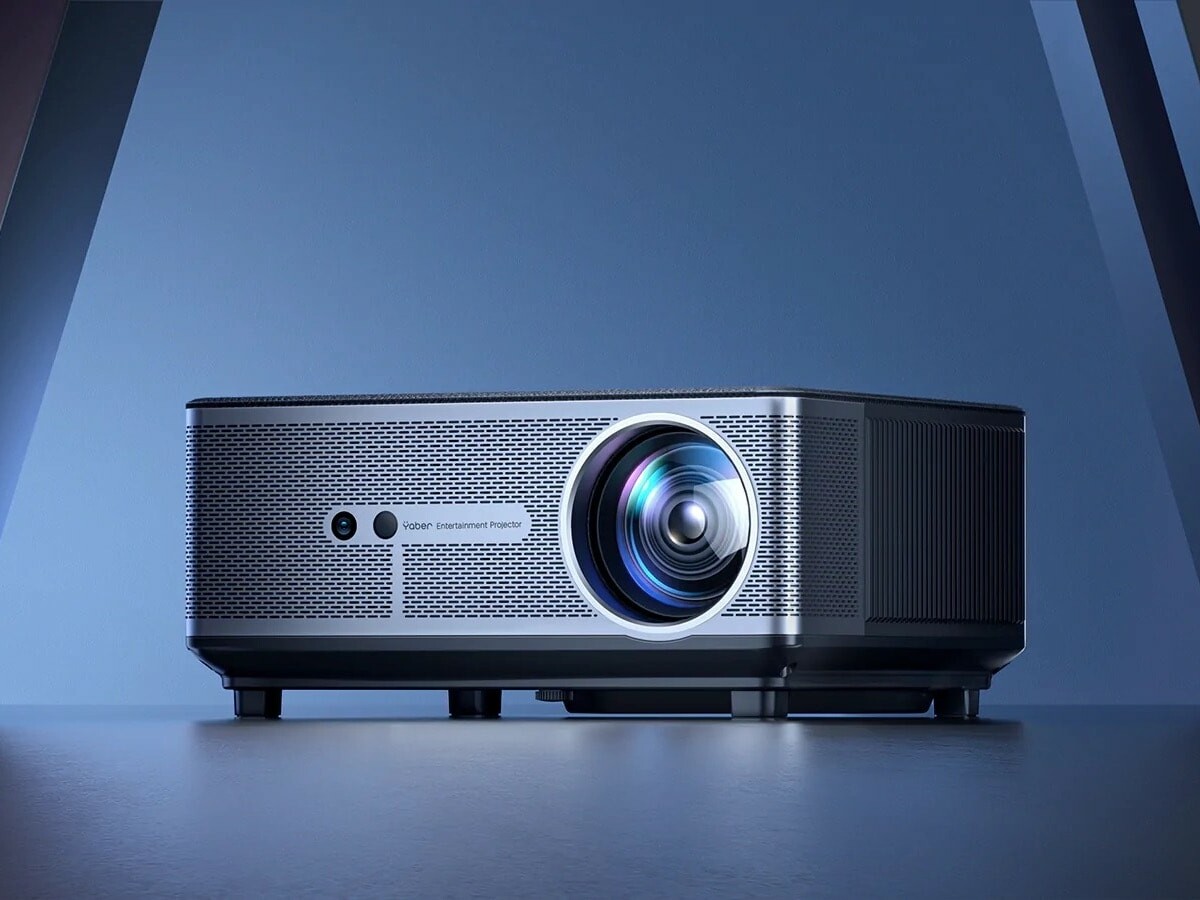
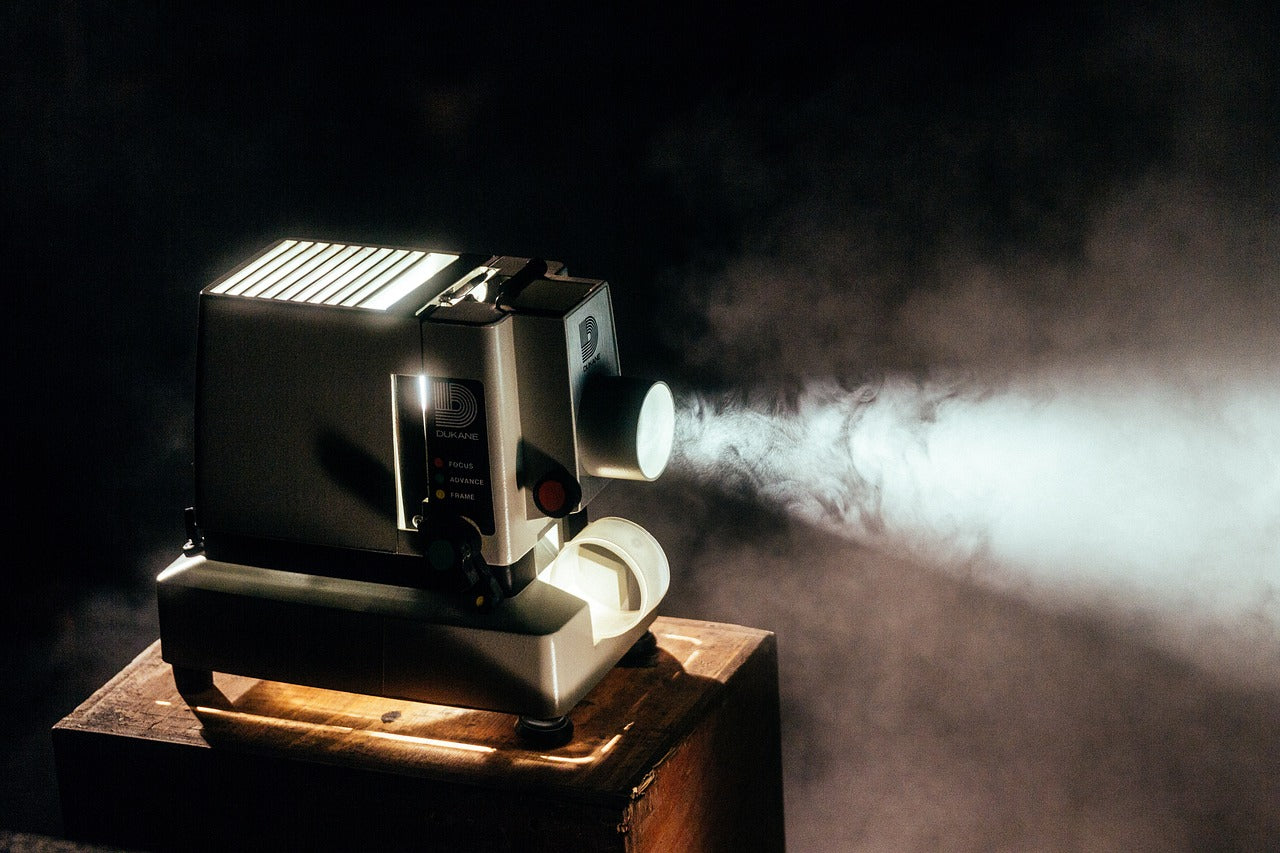
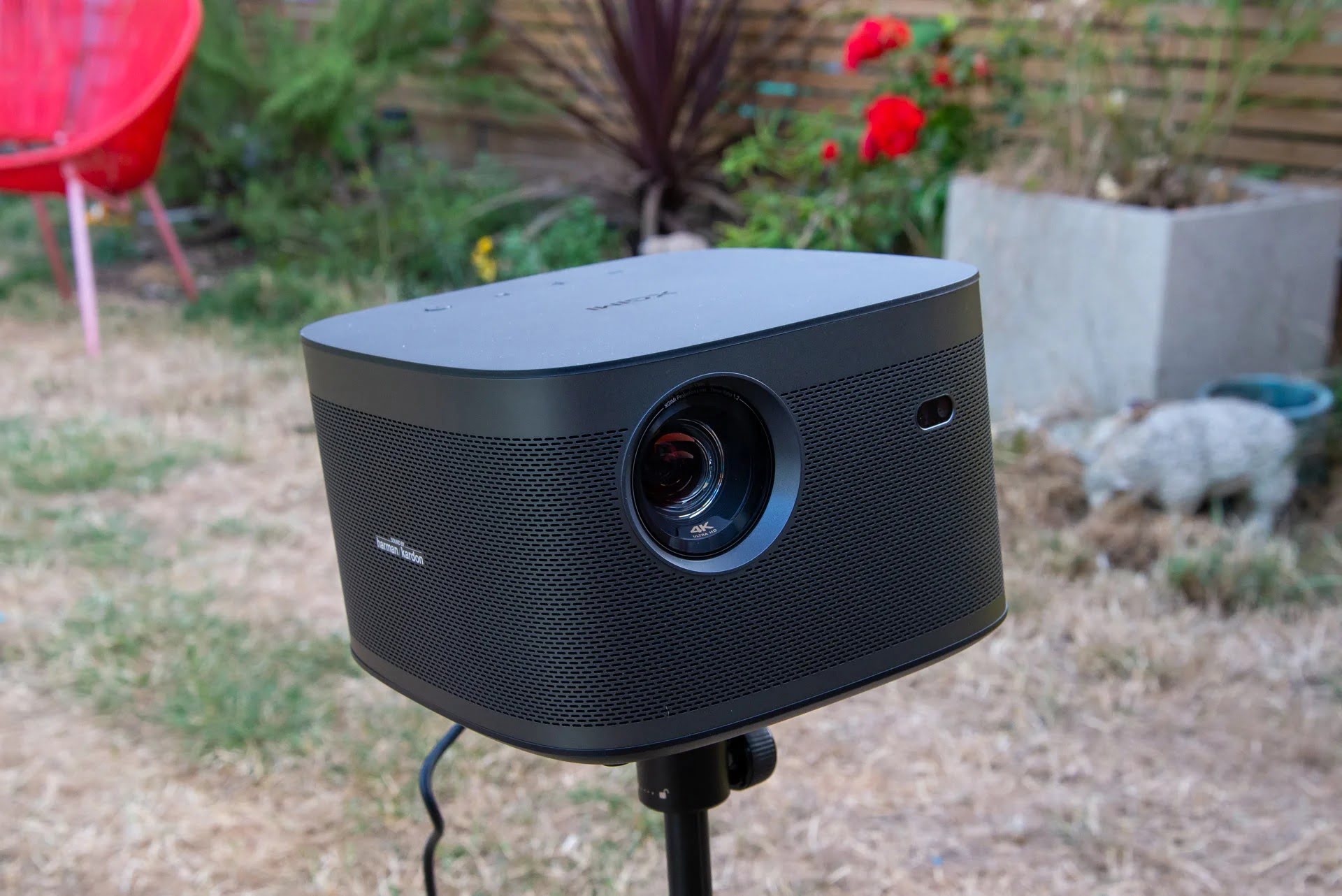
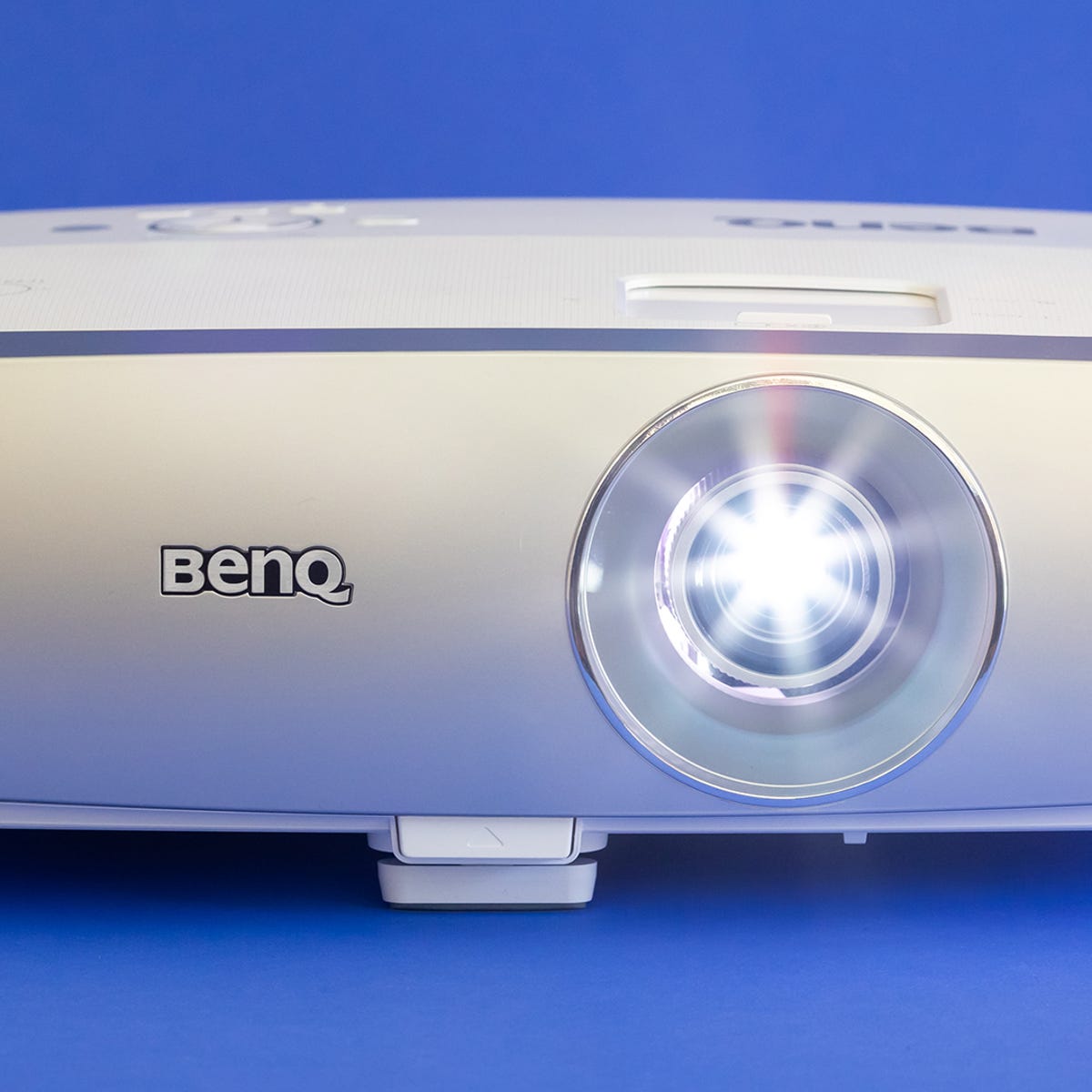


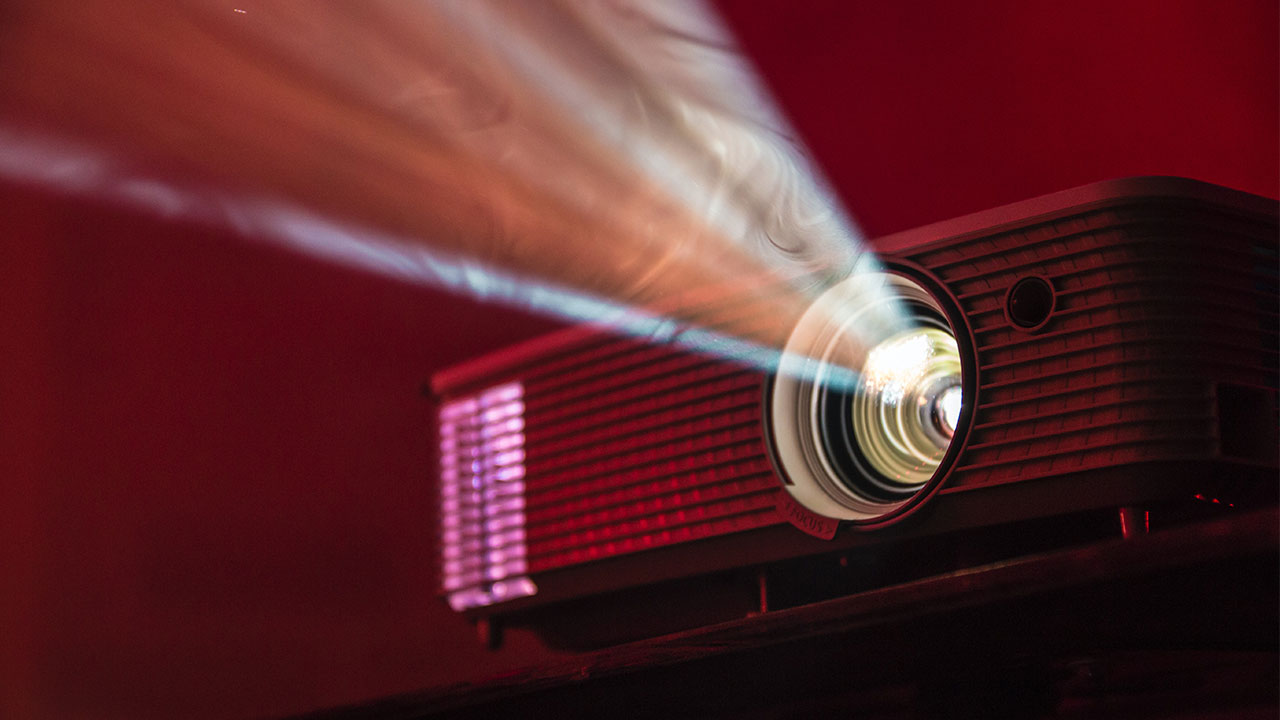
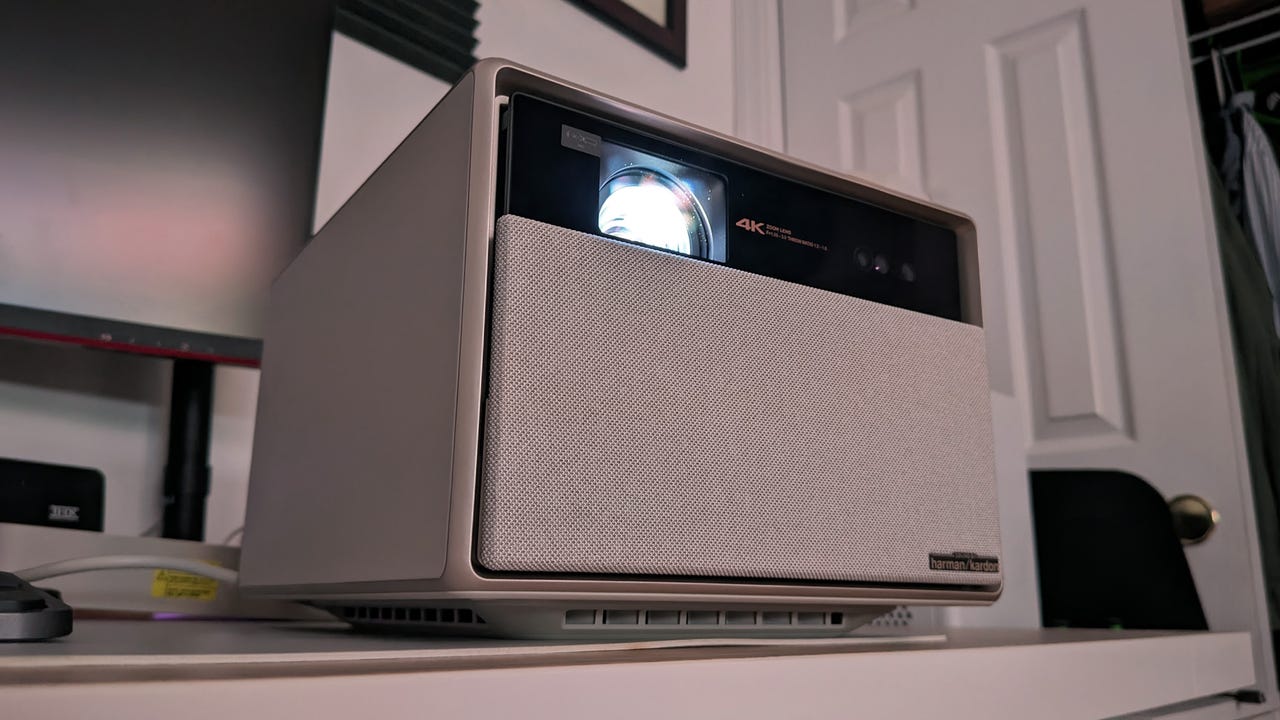


0 thoughts on “What Is A Projector”